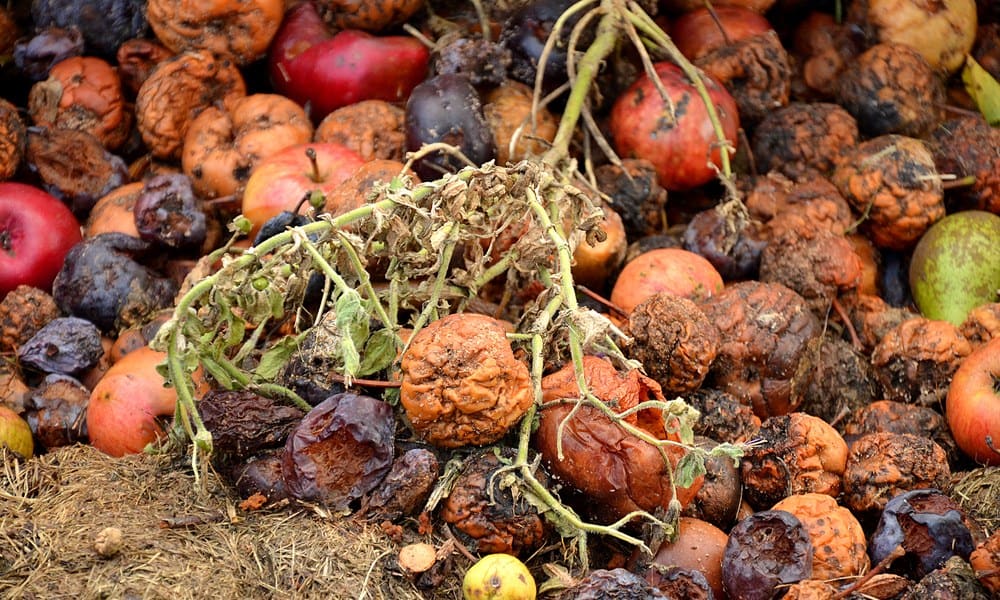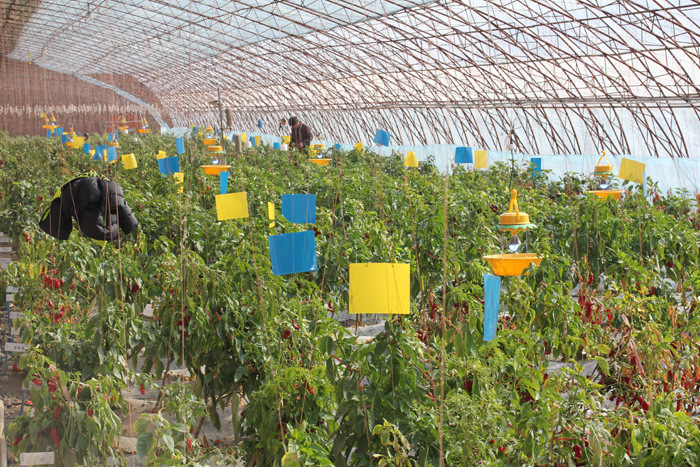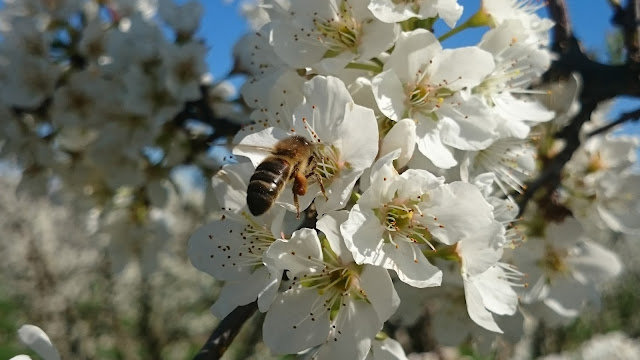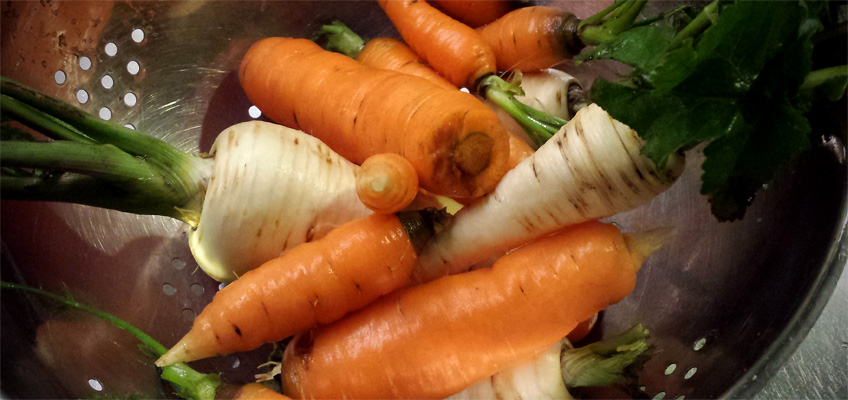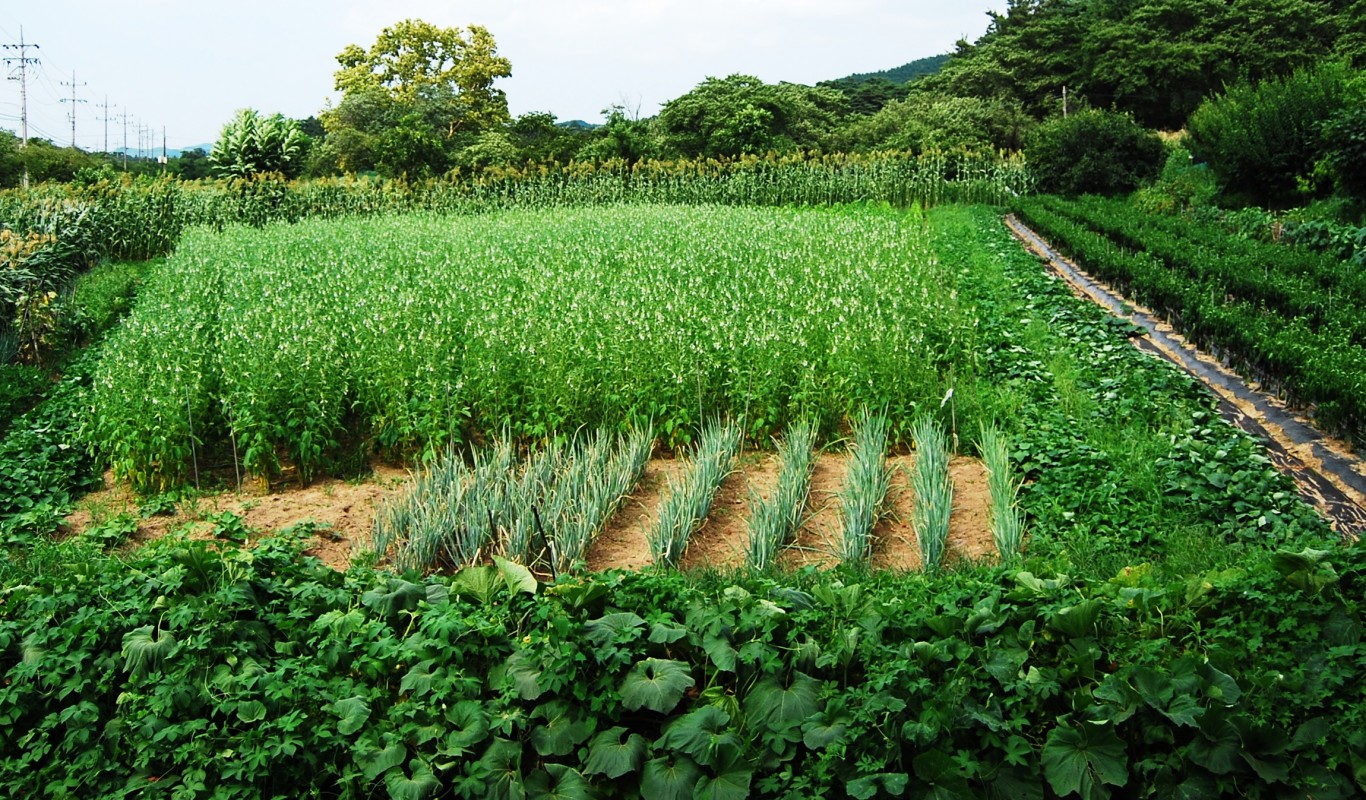PROTECTION DES PLANTES: LE CONTRÔLE
CHIRURGICAL
L'utilisation des insecticides,
synthétiques ou naturels, même très bien appliqués, implique toujours des
effets secondaires négatifs.
L'agriculteur doit protéger sa culture
contre par exemple un type concret de puceron. Mais en même temps, par sa pulvérisation
aphicide, il va éliminer sans que ce soit nécessaire, tous les autres pucerons
présents, des coléoptères, des lépidoptères et autres insectes nuisibles, mais
aussi un grand nombre d'insectes utiles (abeilles, chrysopes, coccinelles et
autres auxiliaires), et encore un grand nombre d'insectes ni nuisibles ni
auxiliaires, juste présents, comme des moustiques ou des mouches.
C’est un traitement général, avec un
produit choisi pour la cible visée, mais toujours plus ou moins polyvalent,
agissant donc aussi sur des insectes non ciblés.
Les insecticides modernes ne sont pas
parfaits, ça se saurait, mais leurs effets secondaires ont été considérablement
réduits par rapport à leurs ainés antérieurs aux années 70-80. En effet, depuis
ces années-là la législation, et par conséquent la recherche de nouvelles
molécules, a mis une priorité absolue à réduire les effets secondaires directs
des pesticides. Il s'agit, entre autres nombreux critères, des risques
concernant l'eau, le sol, les oiseaux, les mammifères, la faune et la flore
aquatiques, les insectes auxiliaires, mais aussi sur les risques pour la santé
des utilisateurs et des consommateurs.
Rien n'est parfait, sans aucun doute, mais
les profils toxicologiques et environnementaux des produits actuels sont, malgré
leurs défauts, incomparablement plus favorables que ceux des molécules
anciennes, pour la plupart interdites actuellement.
Cependant, la polyvalence d'action d'un
pesticide reste un sujet sérieux encore mal résolu. Aujourd’hui, seules les
techniques de « confusion sexuelle » ou de « piégeage massif »
arrivent à une spécificité presque parfaite, grâce à l’emploi de phéromones
spécifiques.
Les effets collatéraux des insecticides sont
nuisibles car, en réduisant la présence de nombreux insectes non nuisibles, on
réduit le potentiel d’alimentation de nombreux autres animaux (rongeurs dont
chauve-souris, oiseaux, reptiles), donc la biodiversité sur la ferme.
En réduisant la biodiversité sur la ferme,
on réduit la pression de prédation sur les insectes nuisibles, donc on augmente
leur impact sur les cultures.
Bref, c’est le serpent qui se mord la
queue. On traite pour éviter les dégâts, mais en traitant, on réduit la
biodiversité, donc la pression des ravageurs augmente et les risques de dégâts
aussi, obligeant à traiter davantage.
C’est un des grands arguments des
écologistes, et dans ce sens, ils ont raison. Mais attention, tout ceci n’empêche
pas que l’attaque initiale, celle qui a provoqué le traitement, qui lui a
provoqué le déséquilibre, était bien réelle. L’agriculteur avait alors besoin
de traiter, et il l’a probablement bien fait. Le problème se situe au niveau
des moyens dont il disposait pour résoudre son problème.
C’est tellement vrai que la production
écologique doit aussi résoudre ces mêmes problèmes avec des insecticides,
naturels certes, mais non dénués d’effets secondaires, avec des conséquences
sur la biodiversité souvent comparables, au moins à court terme.
Les discours abêtissants qui prétendent que
"le bio peut nourrir la planète" ou " si on supprime le
gaspillage alimentaire, on résoudra la faim dans le monde", sont avant
tout une intellectualisation des concepts, et surtout le rejet sur d'autres de
fautes supposées.
Pourtant, la plus grande partie du
gaspillage alimentaire dans les pays pauvres se produit dans les champs, due à
des dégâts de maladies et d'insectes. Et ceci, dans des systèmes agricoles qui
n’utilisent aucun pesticide.
Mais c'est un autre débat.
L'humanité continue de croitre
inexorablement.
Si à ça on ajoute de l’urbanisation qui
gagne sur les terres agricoles, les effets de l'érosion des sols, encore trop
souvent mal maitrisée, et le besoin indispensable de contrôler les ressources
en eau douce, alors la maitrise de la production d'aliments est sans doute l'un
des défis majeurs de l'humanité pour ce XXIème siècle. Et qui dit maitrise de
production dit réduction de la part non consommable, donc entre autres, les dégâts
d'insectes ou de maladies.
Personnellement, je ne doute pas un instant
que nous serons capables, dans les prochaines années de maintenir, et même
probablement d'augmenter la productivité de l'agriculture tout en réduisant
fortement son impact négatif sur l'environnement.
Mais je ne doute pas non plus que nous
continuerons d'avoir besoin de pesticides, naturels ET synthétiques.
Et c'est là, après cette longue
introduction, qu'arrive le sujet du jour, récupéré sur Twitter
L’équipe scientifique de ISCA Technologies
(https://iscatech.com/),
une société américaine spécialisée dans les techniques alternatives de
protection des cultures (pièges, attractifs, répulsifs, etc.) a récemment
présenté les résultats de ses recherches sur les moustiques, de manière à
réduire au maximum les effets négatifs de la démoustication, dans les
situations où les moustiques sont un danger réel par la transmission de
nombreuses maladies, dont la dengue, le zika, le chikungunya ou la malaria.
« Les
chercheurs ont recueilli le parfum des fleurs et d’autres plantes qui
produisent du nectar. Ensuite, ils ont utilisé la chromatographie en phase
gazeuse et détection électro-triennale (GC-EAD) pour séparer et identifier les
composés odorants qui s’y trouvent. Ils ont exposé des antennes à moustiques à
des milliers de ces composés pour déterminer ceux qui pourraient avoir un effet
biologique. Ils ont également éliminé les parfums ou les arômes qui pourraient
attirer les abeilles. Finalement, ils ont utilisé un mélange semi-chimique dans
une matrice contenant des sucres et des protéines pour imiter 20 signaux
chimiques fréquents qui attirent les moustiques en les incitant à se
nourrir. »
L’idée est de réaliser un mélange de
l’attractif spécifique avec un insecticide moderne. Ce mélange s’applique sur
des points précis et limités. Le moustique est irrésistiblement attiré par le
mélange, qui l’élimine.
« Le
mélange de produits chimiques que nous utilisons pour attirer les moustiques
est tellement puissant qu’ils ignoreront les odeurs naturelles des plantes pour
venir sur notre formulation » déclare Agenor
Mafra-Neto de l’équipe de recherche.
Cette technique est pour l’instant destinée
aux moustiques, afin de réduire l’incidence des maladies infectieuses.
D’ailleurs, comme le dit l’article, « les
chercheurs effectuent des essais sur le terrain en Tanzanie où 93 % de la
population risque le paludisme. Dans des résultats préliminaires, ils ont
constaté que les populations de moustiques ont baissé de deux tiers en
seulement 2 semaines dans les communautés traitées […] par rapport aux non
traitées. »
Ça me parait une nouvelle extraordinaire.
Extraordinaire bien entendu pour la
résolution des maladies transmises par les moustiques et pour les populations
qui y sont exposées.
Mais extraordinaire aussi dans la mesure où
cela ouvre la porte au même travail sur les insectes nuisibles pour la
production d’aliments. On pourrait alors réaliser des traitements totalement
ciblés, avec une efficacité élevée, mais des effets négatifs extrêmement
réduits.
Cette technique est déjà utilisée en
agriculture, par exemple contre la mouche méditerranéenne des fruits (Ceratitis
capitata). On l’appelle le traitement par taches. Elle consiste à disperser
dans la culture des petites taches du mélange qui va attirer l’insecte et le
tuer, avec un minimum d’impact négatif. Tout dépend de la qualité de
l’attractif. S’il est suffisamment puissant, l’insecte se détourne de la
culture pour aller sur la tache insecticide.
Alors évidemment, tout cela n’a pas forcément
que des qualités. En supposant que l’on arrive dans l’avenir, à sélectionner
des attractifs spécifiques à tous les insectes nuisibles des cultures, nous
pourrions nous retrouver dans la situation où des insectes secondaires,
actuellement contrôlés par la polyvalence des insecticides, refassent leur
apparition et redeviennent nuisibles, à cause de la très grande sélectivité de
la technique.
Mais soyons positifs. L’expérience de la
confusion sexuelle, technique très spécifique employée à grande échelle et dans
le monde entier depuis au moins 25 ans, a eu peu de conséquences de ce type. Il
est vrai que sporadiquement certains insectes « secondaires » peuvent
faire des dégâts, mais, à quelques exceptions près, la gravité en est
généralement faible.
De ce genre de technique, par similitude
avec les effets constatés pour la mouche méditerranéenne, on peut raisonnablement
espérer, tout dépendant principalement de l’efficacité de l’attractif :
- Un maintien ou même une amélioration de l’efficacité de la protection,
- Une réduction des doses d’application des insecticides de 80 à 90% par
hectare pour un traitement par taches, et plus si ce qui fonctionne est le
piégeage massif,
- Une réduction des pertes d’insecticides par dérive dans l’entourage de la
culture (zones non cultivées, plans d’eau et rivières, cultures voisines) ou
par lessivage par les pluies, d’au moins 90%,
- Par conséquent une quasi élimination des effets secondaires négatifs de
l’utilisation des insecticides,
- Une combinaison de ces attractifs de nouvelle génération avec des insecticides
de synthèse (pour la durée d’action) ou avec des insecticides naturels (pour la
production biologique),
- Pour certains ravageurs au moins, la possibilité d’utiliser l’insecticide
sans toucher la culture (application sur la couverture végétale, sur des
plaques engluées ou dans des pièges), donc une élimination complète du risque
de résidus sur l’aliment final.
Dans ces conditions, nous pouvons espérer
une amélioration considérable des techniques d’application des insecticides, et
une élimination quasi complète des effets secondaires négatifs de l’emploi des
insecticides.
De la même manière que la confusion
sexuelle est largement utilisée en agriculture conventionnelle comme en
agriculture biologique, on peut espérer que ces techniques trouveront
rapidement et à grande échelle, leur place chez tous les agriculteurs.
Il ne nous reste qu’à souhaiter que les
chercheurs et les chimistes fassent rapidement des progrès dans cette technique,
en apportant la polyvalence par l’augmentation du nombre d’insectes-cibles
possibles.
Ça me semble être une innovation majeure
pour l’évolution de l’agriculture vers une production plus vertueuse, et pour
une production d’aliments plus efficiente et durable.


